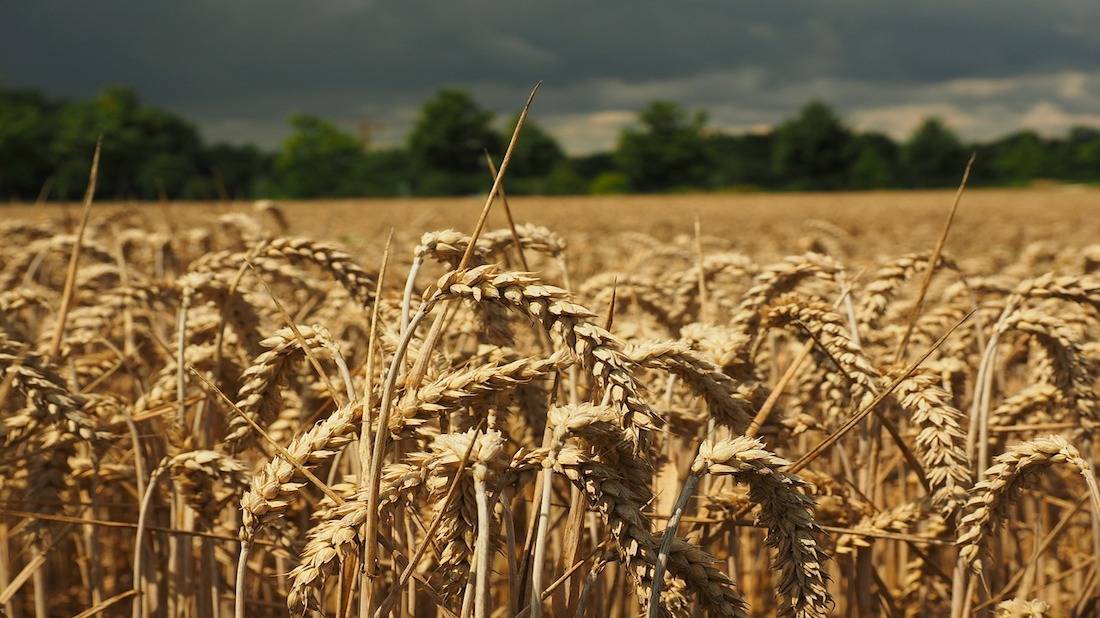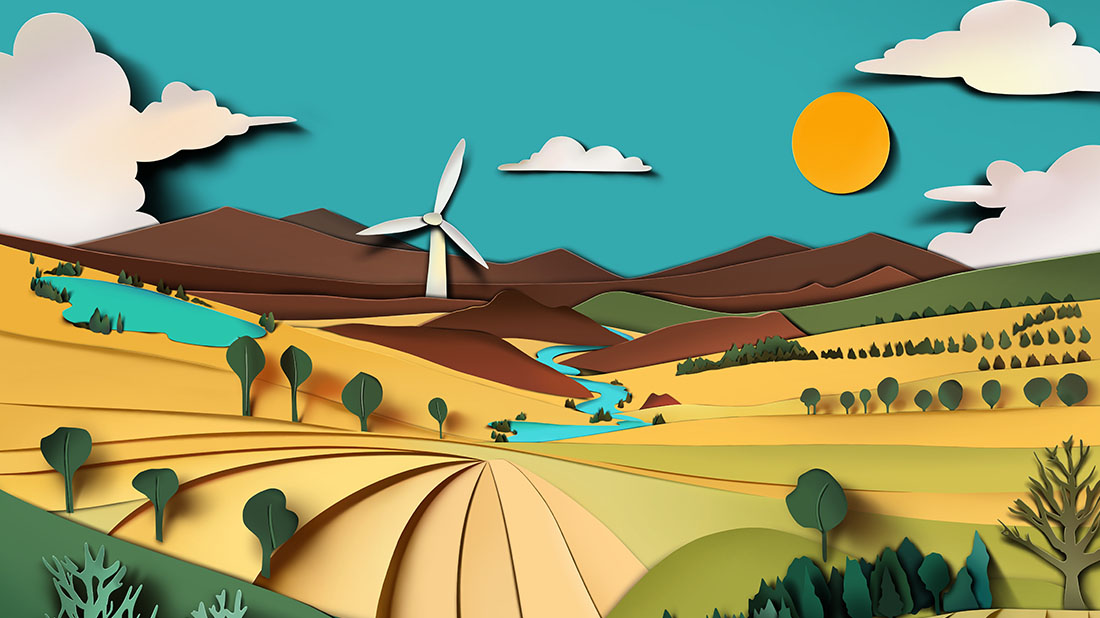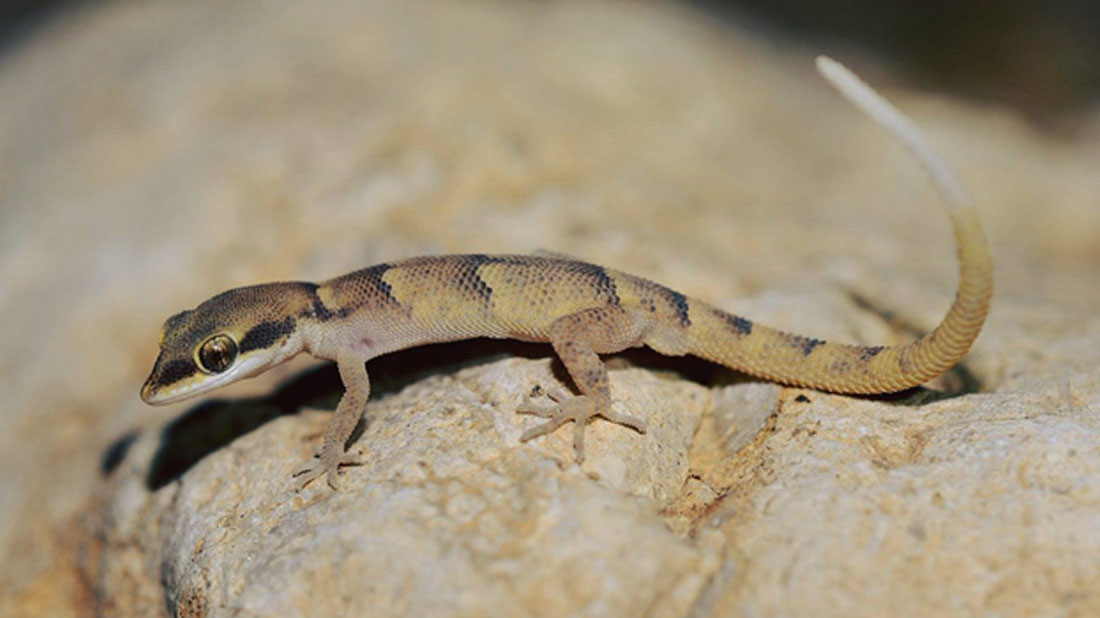Cheese sandwich or crackers? Chocolate cake or cherry pie? No matter what you choose to eat, there is a reasonable chance you’re eating wheat in one form or another.
Wheat is the main nutritional component for 40% of the world’s population and it provides 20% of the calories consumed by people around the world. Each year 620 million tons of wheat are produced worldwide.
The first variety of wheat to be domesticated by humankind was emmer wheat. Humans began gathering emmer wheat for consumption about 19,000 years ago; however, at that time, they did not yet grow it themselves. The earliest evidence of wheat gathering was found at the Ohalo II site on the shores of the Sea of Galilee, together with evidence for processing of wheat for making flour and baking. But humans did not actually begin to grow wheat until 9,000 later.
Domestication of wheat
The wheat we are familiar with today is different from the wheat that grows wild in nature, having undergone a long process of domestication, that began about 10,000 years ago. In this process, humans selected wheat stalks with traits suitable for their needs, developing varieties that are amenable to cultivation, and even rely on man for their existence.
Wheat domestication led to an immense revolution in human history. It marked the beginning of the Agricultural Revolution, which enabled humankind to progress from a hunter-gatherer lifestyle, involving migration from place to place in search of food, to a sedentary way of life. Ultimately, the domestication of wheat led to the development of agriculture, and gave rise to the material, social and spiritual cultures we know today.
The process of wheat domestication took thousands of years, and occurred in many places around the globe. At first, humans grew wild wheat, selecting for a range of desirable traits; then they went on to develop and continuously improve varieties of domesticated wheat; and ultimately, the cultivated varieties we are familiar with today were obtained. And still, the domestication process continues to take place ceaselessly; today modern methods are used to continue improving wheat, to meet humankind’s changing requirements.
The most common type of wheat today is bread wheat, comprising 95% of wheat consumption worldwide. Durum wheat accounts for about 5%, and other varieties make up less than 1%.
The domestication syndrome
During the process of wheat domestication many traits were selected, including grain size, plant height, ear (the grain-bearing part of the stalk) structure, grain husks and more. The range of traits that distinguish wild wheat from domesticated wheat is called “the domestication syndrome”, and includes the following:
Disintegrating ear – in wild varieties of wheat, the ripe ear breaks easily, facilitating grain dispersion. In domesticated wheat this dispersal mechanism has been lost; the ear remains entire even after ripening, making it easier for the grains to be gathered. This was one of the most important developments in the domestication of wheat; more than 1,000 years were required to achieve it.
Grain husks – the grain of wild wheat is covered with a casing (husk) that protects it from desiccation and heat, but also makes it difficult to clean. In contrast, the grains of domesticated wheat can be easily removed from their husks. This important modification is one of the most recent in the domestication of wheat.
Grain size – large grains enable higher yield from a field of the same size. Large grains were already selected at the beginning of the domestication process, about 500 to 1,000 years after it began.
Flowering time – wild wheat flowers for a relatively short period of time, and its flowering time depends on day length. Lengthening the flowering period and cancelling its dependence on day length allowed expansion of the distribution of domesticated wheat – from the Fertile Crescent all the way to Norway and Russia in the north, and Argentina in the south.
The Israeli connection
And what is the Israeli connection? In 1906 the Jewish botanist Aaron Aaronsohn discovered wild wheat at Rosh Pina in the Upper Galilee. Aaronsohn was not the first to discover wild wheat. He also did not discover it randomly – he searched for it specifically. Why? Studying domesticated wheat, Aaronsohn had reasoned that the discovery of wild wheat would boost research toward the improvement of wheat varieties and their resistance to disease and desiccation. Aaronsohn’s greatness lies in the fact that he proved a direct genetic link between domesticated wheat and wild wheat – which he called the “mother of wheat”.






